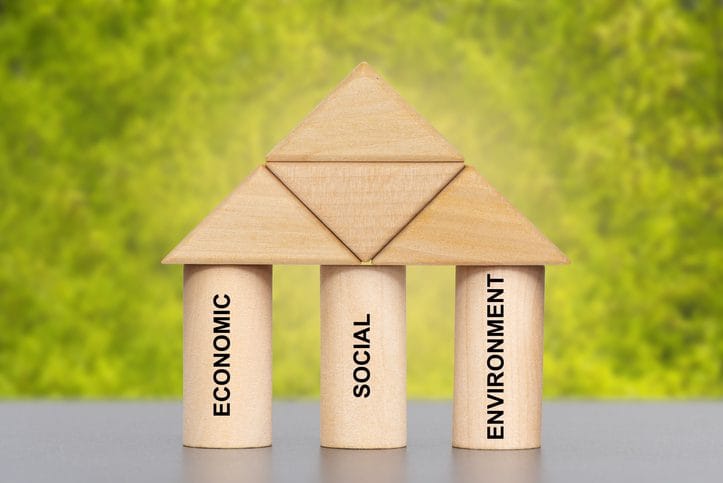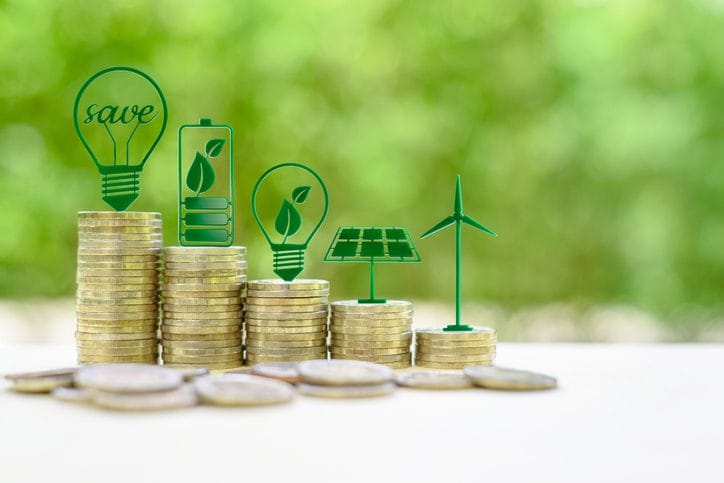
What are the three pillars of sustainability
I. Introduction to sustainability
A. Definition of sustainability
Sustainability is a concept that has gained significant prominence in recent years. At its core, sustainability refers to the ability to meet the needs of the present without compromising the ability of future generations to meet their own needs. In essence, it’s about finding a harmonious balance between human activities and the natural world, ensuring that we live in a way that doesn’t deplete resources or harm the environment.
B. Significance of sustainability in the modern world
The importance of sustainability in the modern world cannot be overstated. As we face a multitude of global challenges, from climate change and environmental degradation to social inequalities and economic instability, the need for sustainable practices has become increasingly urgent. Sustainability isn’t just an ideal; it’s a practical necessity for the long-term well-being of our planet and its inhabitants.

II. The three pillars of sustainability
A. Environmental sustainability
- Definition and scope:
Environmental sustainability focuses on safeguarding the planet’s natural resources and ecosystems. It involves responsible stewardship of the environment to ensure that vital resources like clean air, water, and fertile land are preserved for future generations.
- Importance of protecting the environment: The well-being of all living creatures, including humans, depends on a healthy environment. Environmental sustainability recognizes that our actions have consequences for the planet and that we must minimize harm to the ecosystems that support life.
- Key environmental issues: From climate change and deforestation to pollution and loss of biodiversity, numerous pressing environmental issues demand our attention and action. Environmental sustainability addresses these challenges through responsible resource management and conservation efforts.
B. Social sustainability
- Definition and scope: Social sustainability places people at the center of the sustainability equation. It’s about creating societies where all individuals can lead fulfilling lives, with access to essential services, opportunities for personal growth, and a sense of belonging.
- The human dimension of sustainability: Sustainability isn’t solely about protecting the environment; it’s also about ensuring that individuals enjoy good health, education, and social well-being. Social sustainability emphasizes the importance of human rights and dignity.
- Social equity and justice: Social sustainability goes beyond basic needs; it addresses issues of equality and justice. A sustainable society is one where all individuals, regardless of their background, have access to the same opportunities and benefits.
C. Economic sustainability
- Definition and scope: Economic sustainability recognizes that a healthy economy is essential for meeting the needs of society. It involves maintaining economic growth and prosperity while considering the long-term impact on the environment and society.
- The role of economic viability: Economic sustainability requires businesses and industries to operate in a manner that ensures profitability while minimizing negative externalities. It’s about fostering economic growth that doesn’t come at the expense of the environment or social well-being.
- Balancing economic growth with sustainability goals: Achieving economic sustainability involves striking a delicate balance between economic growth and the preservation of natural resources. This often requires innovative solutions and a shift towards sustainable business practices.
III. Interconnections between the pillars
A. Recognizing the interdependence
While the three pillars of sustainability are often discussed separately, they are deeply interconnected. Neglecting one pillar can have adverse effects on the others. For example, environmental degradation can lead to social and economic hardships, and social inequality can hinder environmental conservation efforts.
B. Examples of how the pillars are linked
Real-world examples illustrate these interconnections. For instance, access to clean drinking water (environmental sustainability) directly impacts public health and well-being (social sustainability). Similarly, sustainable agricultural practices (economic sustainability) can help preserve fertile land and ecosystems (environmental sustainability).
C. The sustainable development goals (SDGs)
The united nations has recognized the importance of sustainability through the sustainable development goals (SDGs). These 17 global goals encompass a wide range of sustainability issues, from ending poverty and hunger to combating climate change and promoting sustainable cities.

IV. Environmental sustainability
A. Conservation of natural resources
Conservation efforts play a pivotal role in environmental sustainability. This involves responsible use of resources, reducing waste, and protecting ecosystems. Conservation practices can include reforestation, wildlife preservation, and efficient resource management.
B. Reducing pollution and emissions
One of the critical challenges in environmental sustainability is mitigating pollution and reducing harmful emissions. This requires transitioning to clean energy sources, adopting eco-friendly technologies, and implementing policies to limit pollution.
C. Biodiversity preservation
Biodiversity is essential for ecosystem health and resilience. Biodiversity preservation efforts involve protecting endangered species, conserving natural habitats, and promoting sustainable land use practices.
C. Sustainable agriculture and land use
Sustainable agriculture focuses on practices that maintain soil fertility, minimize chemical use, and ensure the long-term viability of farming. Sustainable land use planning is crucial for preventing habitat destruction and preserving arable land.

V. Social sustainability
A. Ensuring human rights
Social sustainability begins with the recognition of fundamental human rights, including access to clean water, food, education, and healthcare. It emphasizes the need to address social injustices and inequalities.
B. Promoting access to education and healthcare
Access to education and healthcare is essential for individual and societal development. Social sustainability aims to ensure that all members of society have equitable access to these critical services.
C. Fostering inclusive and diverse communities
Inclusivity and diversity contribute to social sustainability. Building inclusive communities where people of all backgrounds are welcomed and valued is a fundamental goal.
D. Addressing social inequalities
Social sustainability also involves addressing income disparities, gender inequality, and other forms of social injustice. Policies and initiatives that promote equity and social cohesion are central to this pillar.

VI. Economic sustainability
A. Sustainable business practices
Businesses are integral to economic sustainability. Sustainable business practices include minimizing waste, reducing energy consumption, and investing in renewable technologies. Companies can contribute to sustainability by aligning their strategies with environmental and social goals.
B. Responsible resource management
Efficient resource management is crucial for economic sustainability. This includes responsible extraction of natural resources, efficient supply chain management, and minimizing resource waste.
C. Circular economy and waste reduction
The concept of a circular economy involves reducing waste by recycling and reusing materials. Economic sustainability encourages a shift towards circular economic models to reduce the environmental impact of consumption.
D. Long-term economic stability
Economic sustainability seeks to ensure long-term economic stability and resilience against global challenges. This involves diversifying economies, reducing economic volatility, and fostering innovation.
VII. Achieving balance and harmony
A. The role of government policies
Government policies and regulations play a significant role in promoting sustainability. Policies that incentivize sustainable practices and penalize unsustainable ones can drive positive change.
B. Engaging businesses and industries
Businesses and industries have a crucial role to play in sustainability. By adopting sustainable practices, investing in research and development, and participating in responsible supply chain management, they can contribute to a sustainable future.
C. The responsibility of individuals
Individuals also have a role in sustainability. From making conscious consumer choices to reducing personal carbon footprints, individual actions collectively impact the planet and society.
VIII. Challenges and future trends in sustainability
A. Global climate change
Climate change poses one of the most significant challenges to environmental sustainability. Mitigating its effects and transitioning to a low-carbon economy are paramount.
B. Rapid urbanization
As more people move to cities, urban planning becomes critical for social sustainability. Creating livable, inclusive, and resource-efficient urban environments is essential.
C. Technological advancements
Technological innovations offer solutions to sustainability challenges. Advancements in clean energy, sustainable agriculture, and waste reduction are shaping a more sustainable future.
D. Shifting consumer behavior
Consumer preferences can drive sustainability. As consumers demand eco-friendly products and ethical practices, businesses are adapting to meet these expectations.
In conclusion, sustainability is a multifaceted concept encompassing three interconnected pillars: environmental sustainability, social sustainability, and economic sustainability. These pillars form the foundation for responsible and harmonious living on our planet. Environmental sustainability focuses on preserving natural resources and ecosystems, social sustainability addresses human well-being and equity, while economic sustainability seeks to balance economic growth with environmental and social considerations. The interdependence between these pillars is evident, highlighting the need for holistic approaches to address global challenges such as climate change, social inequality, and resource depletion. Achieving sustainability requires collaboration among governments, businesses, and individuals, as well as embracing technological advancements and shifts in consumer behavior. It is an ongoing journey towards a balanced and harmonious coexistence with our planet and future generations.


